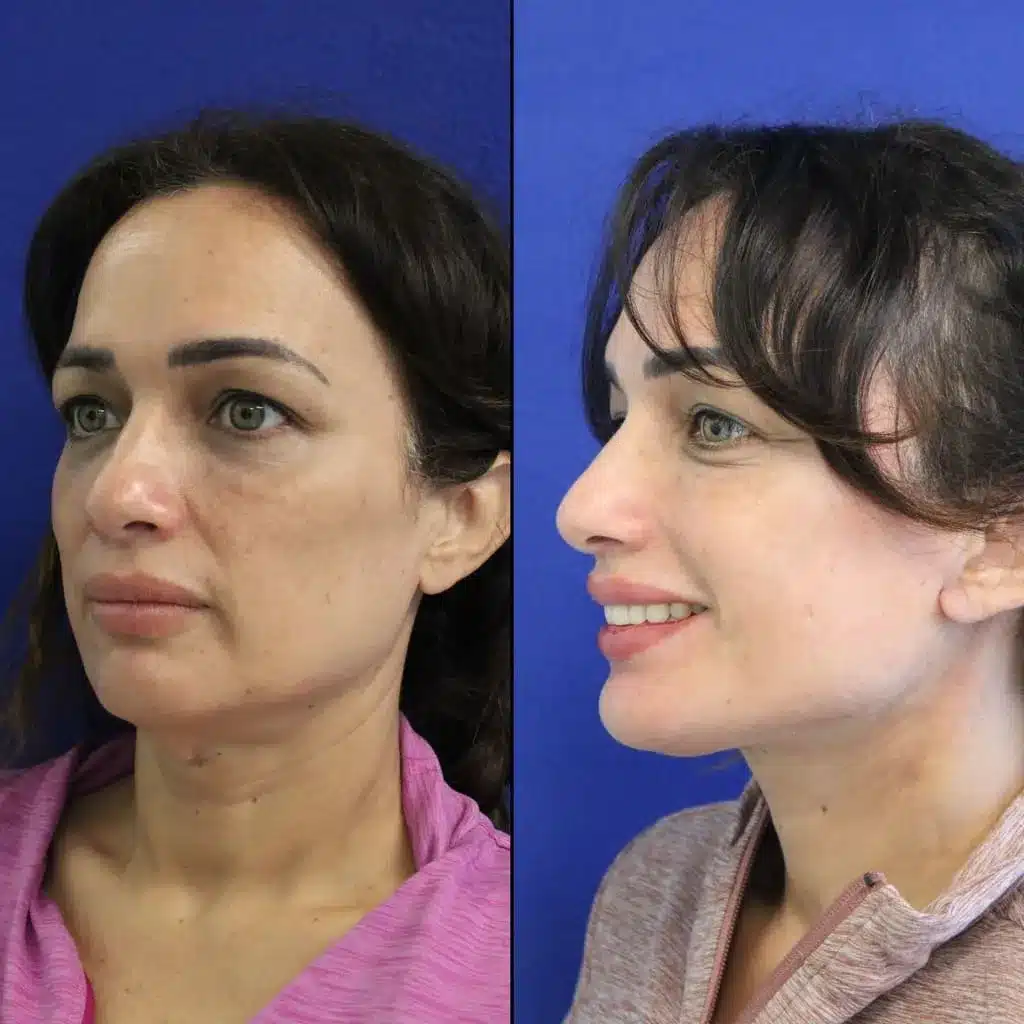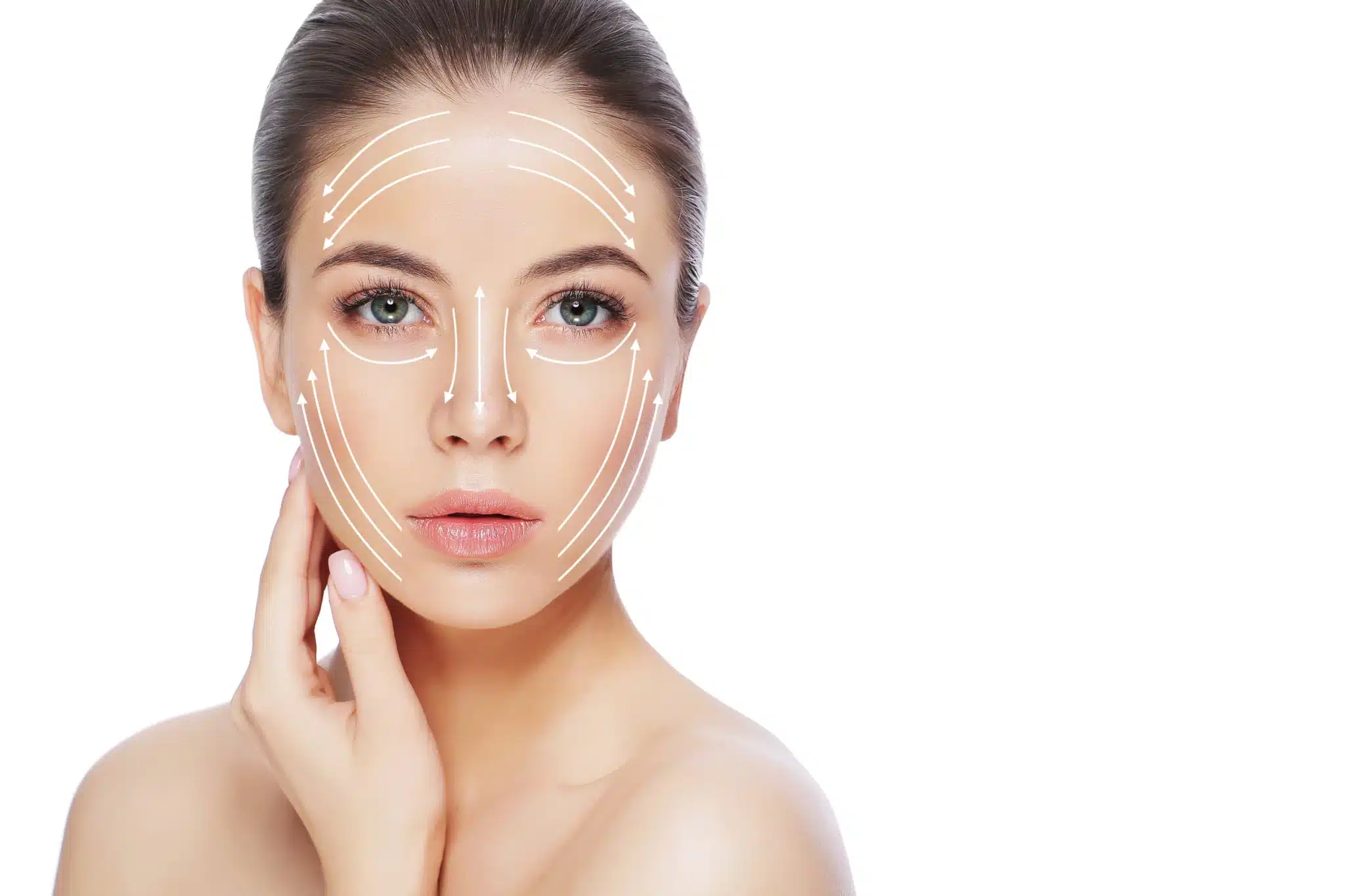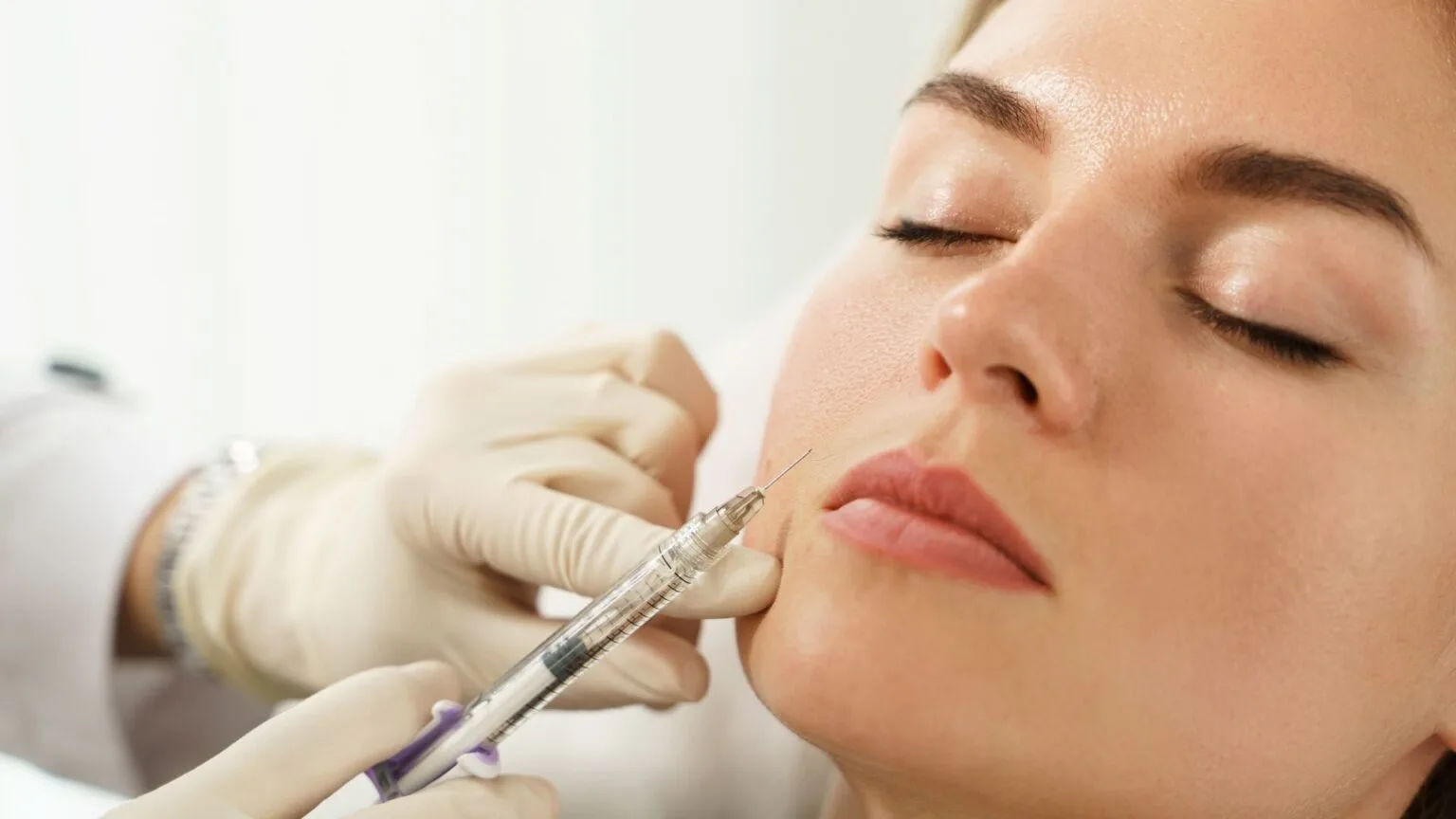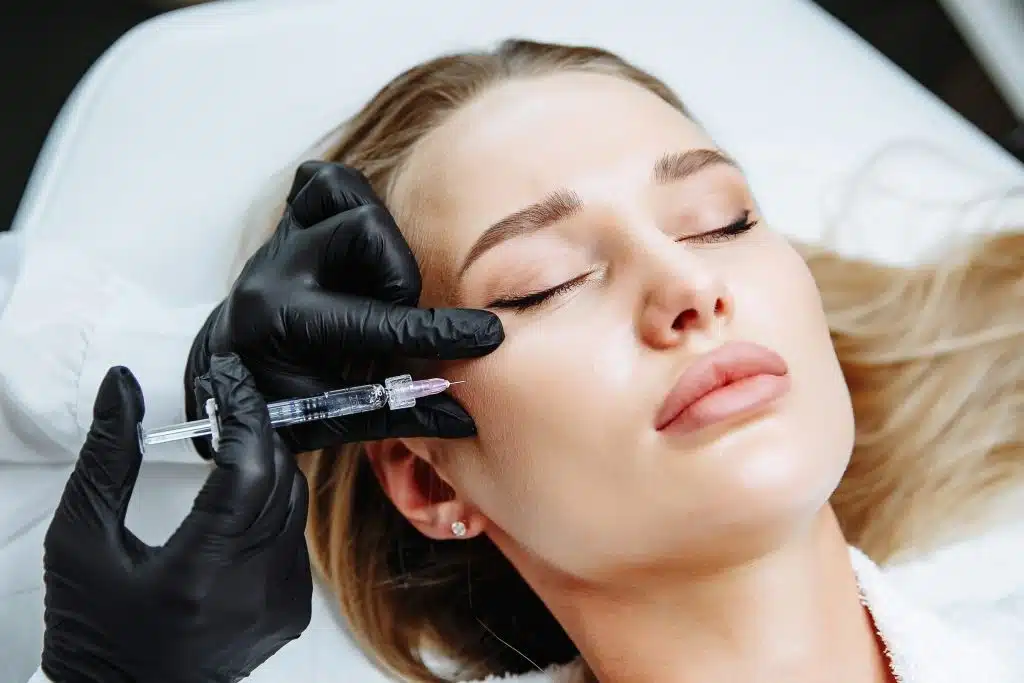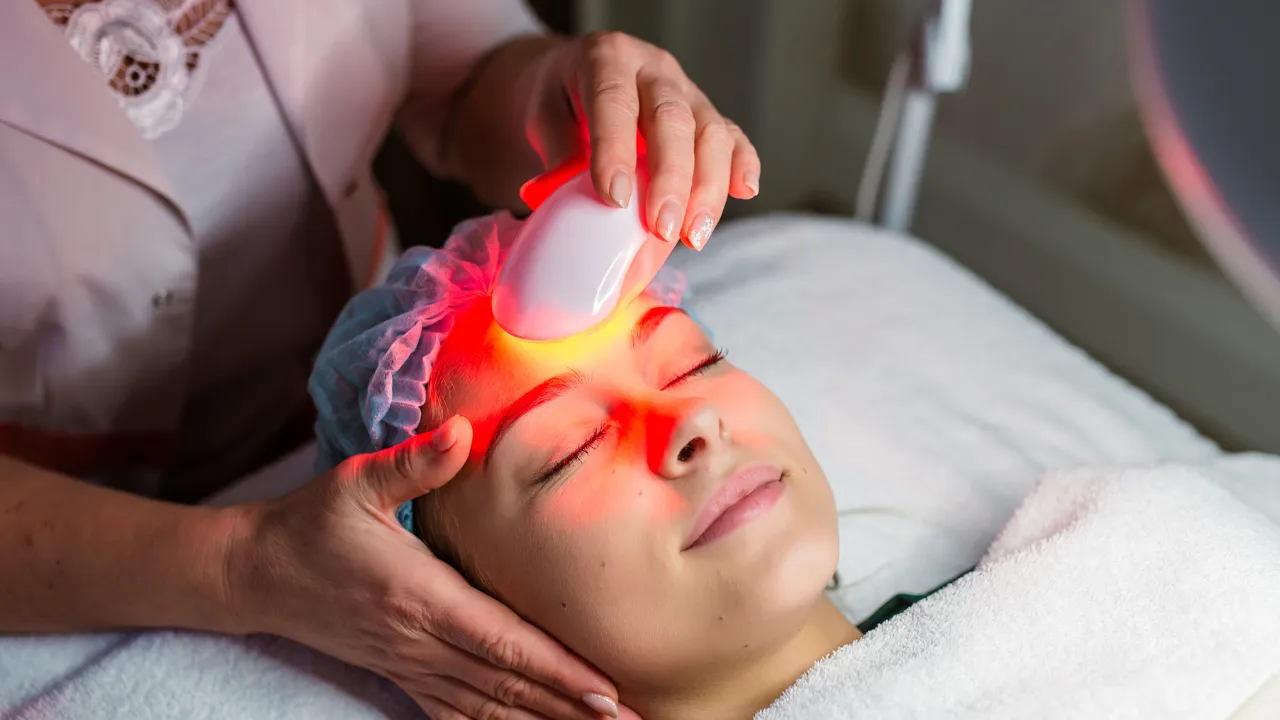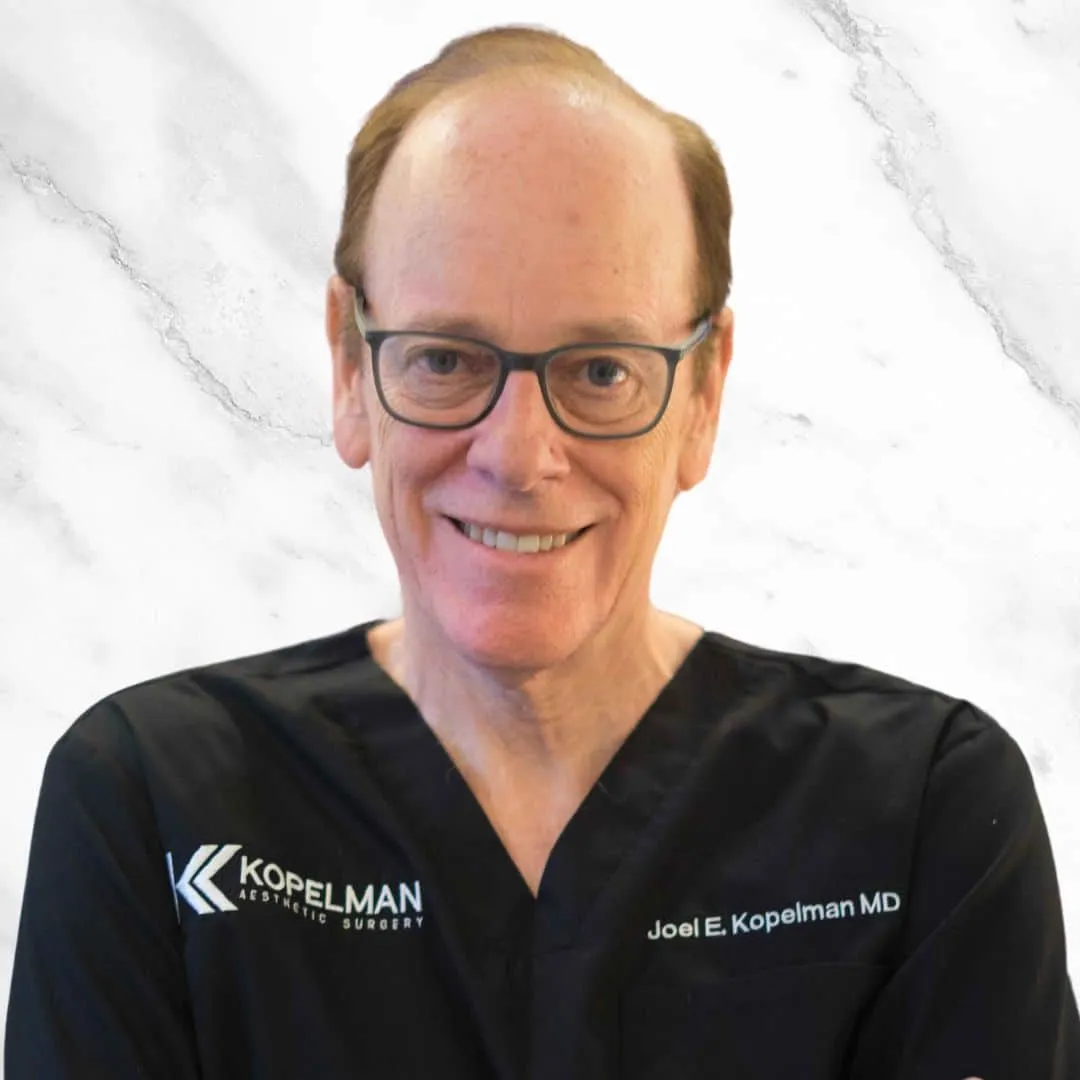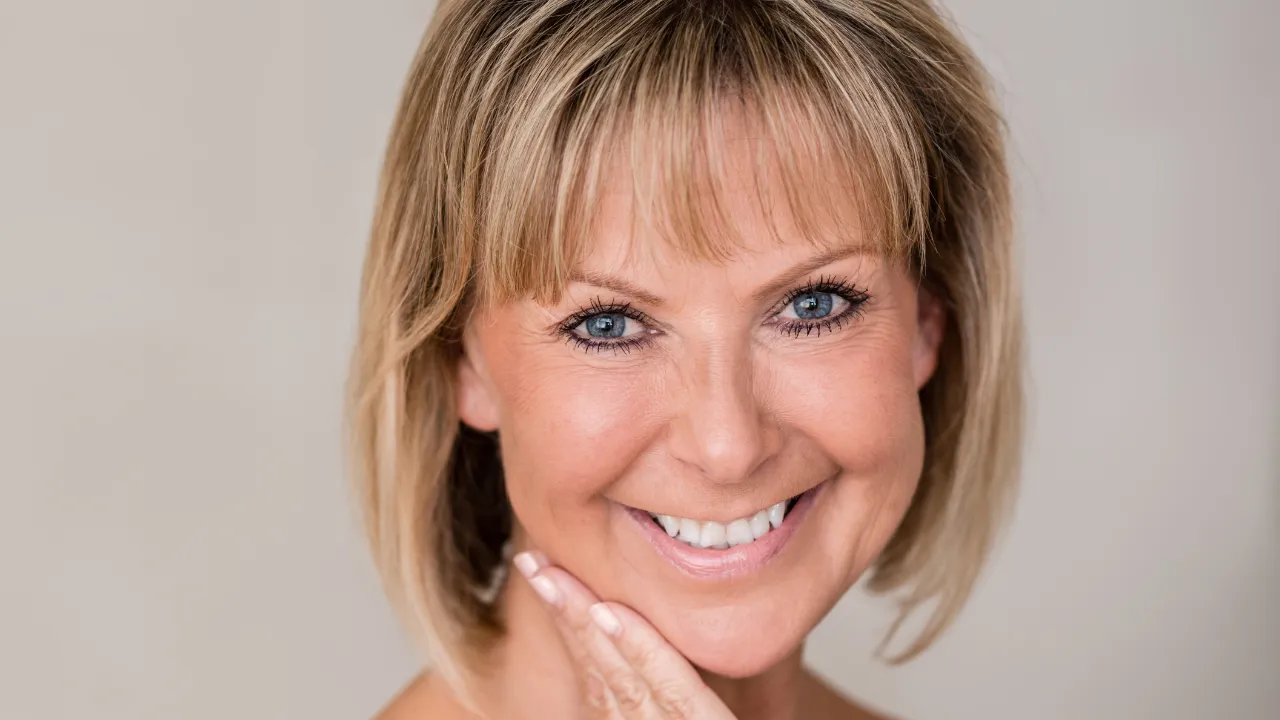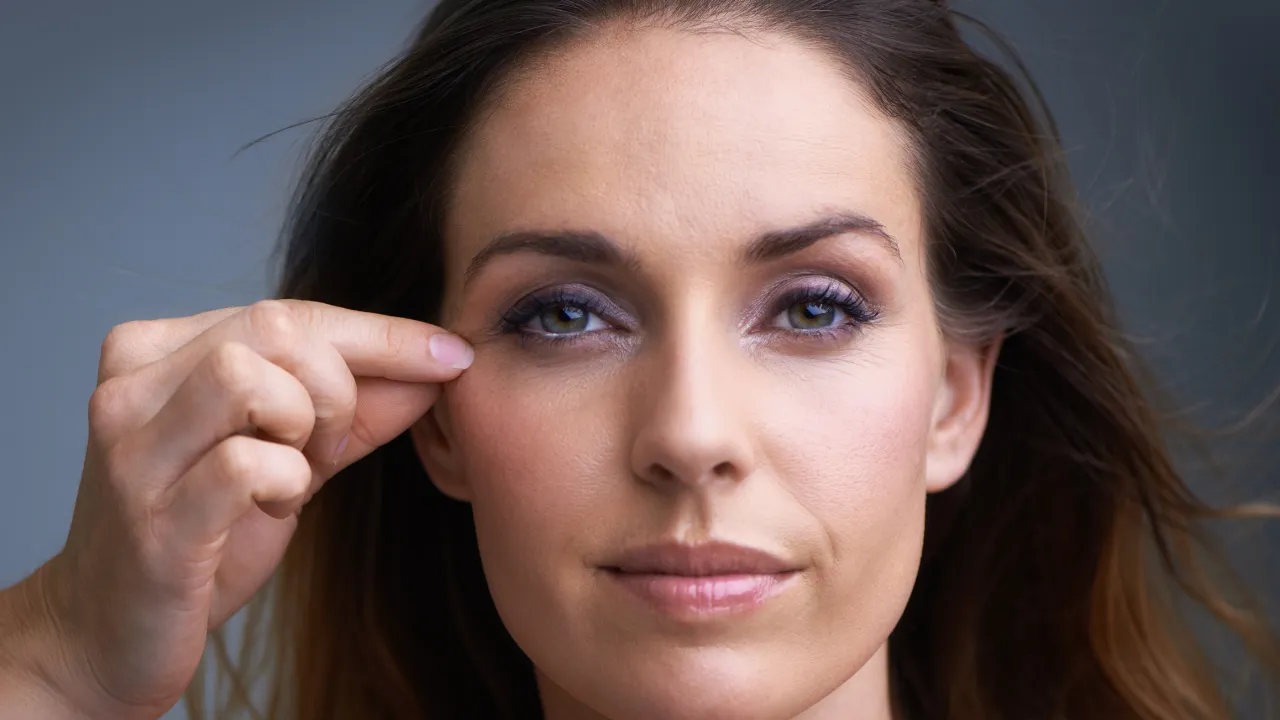At our practice, we understand that conversations about facelifts for young people are becoming more common. As facial rejuvenation procedures evolve, younger patients seek solutions tailored to their age, goals, and lifestyle. Our team, led by Dr. Kopelman, focuses on safe, individualized care for those considering a facelift procedure earlier than previous generations.
Table of Contents
ToggleWhy Young Adults Are Considering Facelifts
More people in their 20s and 30s are exploring cosmetic procedures to maintain youthful features rather than restore them. Social media, video calls, and high-definition cameras have increased focus on facial appearance, leading to earlier decisions about surgical procedures.
Many younger patients want to address early signs of facial aging, such as sagging skin in the jawline or mild volume loss. Rather than waiting for more advanced signs, they prefer a preventive approach. This shift also reflects improved access to minimally invasive procedures and lower recovery times.
What Is the Youngest Age to Get a Facelift?
There is no official minimum age for a facelift procedure, but most board-certified plastic surgeons recommend waiting until at least the mid-to-late 20s. At this stage, facial structure is fully developed, and visible signs of aging may start to appear.
A young age doesn’t always justify surgery. The best candidates show clear, age-related changes in the lower face or neck. A mini facelift or neck lift may be enough to achieve natural, refreshed results.
Can You Get a Facelift in Your 20s or 30s?
Yes, but only when there is a medical or aesthetic reason. A face lift in (your) 30s is often chosen to address early facial aging and prevent deeper tissue sagging. This age group may also be looking for longer-lasting alternatives to dermal fillers.
At our practice, we help younger patients evaluate all options, from noninvasive treatments to minor surgical procedures. We guide decisions based on facial anatomy, lifestyle factors, and personal goals.
Is 30 Too Young for a Facelift?
Not necessarily. The decision depends on your facial structure, genetic background, and how early signs of aging appear. Some patients experience noticeable skin laxity by their early 30s, especially in the cheeks or jawline.
A mini facelift can address these concerns with minimal scarring and shorter downtime. It focuses on lifting the lower third of the face and tightening sagging skin around the jaw and neck, without the intensity of a full surgical procedure.
Is 40 Too Young for a Facelift?
By the early 40s, more visible facial aging may occur. This includes deeper lines, volume loss, and looser skin on the neck. For many, this is the ideal time to consider a full facelift or combine procedures such as a neck lift and dermal fillers.
Patients in this age group usually achieve long-lasting facelift results with high satisfaction. Dr. Kopelman often recommends evaluating lifestyle factors—like smoking, sun exposure, and skincare habits—that may influence facial aging and healing process.
Best Age for Facelift: Expert Opinions
Surgeons often agree that the best age for facelift surgery is when aging signs start to interfere with your self-image, not a specific number. This usually happens between ages 40 and 55, but some benefit earlier.
The decision depends on skin elasticity, bone structure, and how you respond to non-invasive options. At our practice, we help patients decide when to get a facelift by assessing these factors in a one-on-one consultation.
Mini vs Full Facelift in Your 30s
A mini facelift offers subtle enhancement for patients with early signs of aging. It typically targets the lower face, has smaller incisions, and involves a quicker post-surgery recovery.
A full facelift provides more dramatic changes, addressing sagging skin, deeper folds, and volume loss in the cheeks, jawline, and neck. Younger patients often benefit from mini procedures that delay the need for a full surgery later. For those needing more advanced results, a deep plane facelift in NYC may offer a more comprehensive solution with natural, longer-lasting outcomes.
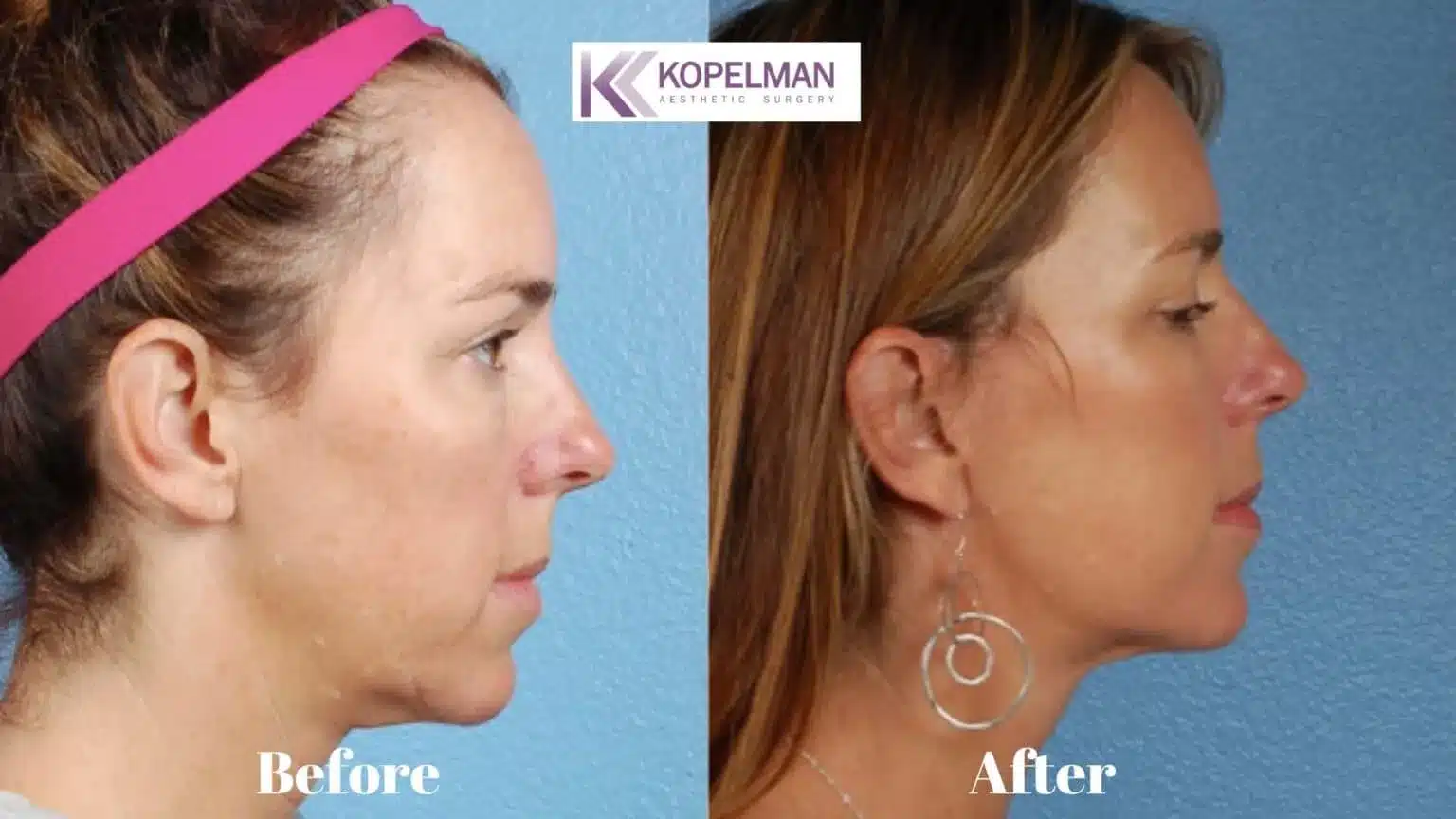
When to Get a Facelift Based on Visible Signs
Timing depends more on facial changes than age. Early signs like drooping cheeks, marionette lines, or loss of jawline definition signal when a facelift may help.
Younger individuals may also benefit from a cosmetic procedure if their facial features age faster than average. Genetics, weight loss, and lifestyle factors like stress or sun damage can all play a role.
Average Age for Facelift in the U.S.
The average age for facelift surgery in the U.S. is around 50. However, this number is shifting as more people pursue facial rejuvenation earlier.
Younger patients now account for a growing share of plastic surgery consultations, especially those seeking early intervention to maintain youthful contours. This trend reflects growing awareness of how minor procedures can prevent more invasive interventions later.
Facelift Before and After – What’s Typical?
Before surgery, patients should expect a thorough evaluation, photo documentation, and a personalized plan. Afterward, results usually include a firmer jawline, smoother neck, and more youthful contours.
Photos taken before and after highlight how well the facelift procedure restores structure while maintaining a natural look. At our practice, our goal is subtle enhancement, not an artificial appearance.
You can explore real patient outcomes in our gallery:
These examples provide a clear look at what to expect across different procedures.
Recovery Timeline for Younger Patients
The healing process for younger patients is usually quicker due to better skin elasticity and cell regeneration. Most resume light activities within a week and see noticeable improvements by week two.
Full recovery can take several weeks, depending on the extent of the surgery. Adhering to post-surgery care instructions helps reduce swelling, minimize scarring, and ensure optimal facelift results.
Natural Results at a Younger Age
Facelifts on younger faces often produce very natural outcomes. Since skin has more elasticity, it lifts smoothly, resulting in subtle but noticeable improvements.
These results typically last longer, and early intervention helps delay more advanced signs of facial aging. The key is maintaining realistic expectations and working with an experienced specialist like Dr. Kopelman.
Are Facelifts Safe for Young Adults?
Yes, when performed by a qualified plastic surgeon. Young adults with early aging signs, good health, and realistic expectations are typically strong candidates.
Safety improves with proper planning, full medical screening, and close monitoring throughout the surgical process. Dr. Kopelman ensures that all procedures meet strict safety standards. For patients seeking corrective treatment or adjustments from previous surgeries, we also offer expert revision facelift procedures in New York.
What to Ask Before Surgery
Patients should ask about the type of facelift recommended, the expected results, recovery time, and potential risks. Understanding the difference between a mini facelift and a full procedure is also key.
We also recommend asking how long the results will last, and what non-invasive options exist. These discussions ensure informed choices and long-term satisfaction.
Expert Advice from Dr. Kopelman
We take a personalized approach to every facelift consultation. We assess your anatomy, goals, and lifestyle to recommend the safest and most effective option.
With decades of combined experience, Dr. Kopelman and his team deliver results that look natural and last. We help younger patients make confident, informed decisions about their facial rejuvenation journey.
Interested in learning what’s right for you?
Schedule your consultation with Dr. Kopelman today and take the first step toward personalized facial rejuvenation.

